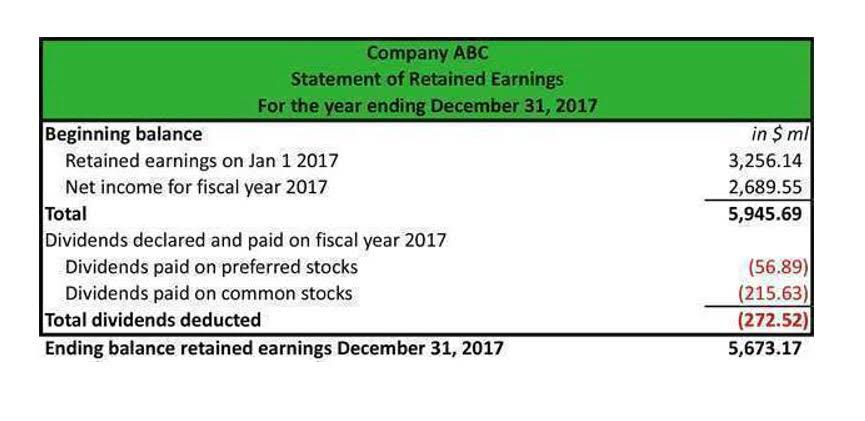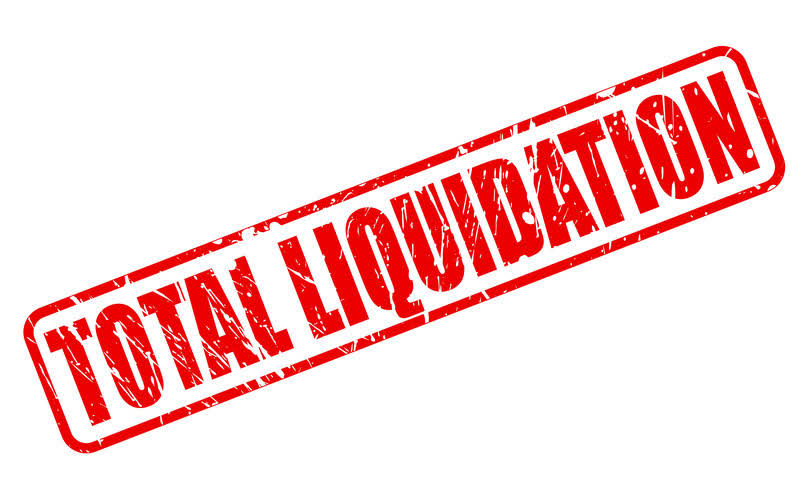
When an expense account is debited, this identifies that the money spent on the inventory, now obsolete, is an expense. A contra asset account is reported on the balance sheet immediately below the asset account to which it relates, and it reduces the net reported value of the asset account. Obsolescence differs from the ongoing decline in the value of assets that is caused by normal usage, resulting in wear and tear.
- All such information is provided solely for convenience purposes only and all users thereof should be guided accordingly.
- Tax implications also come into play when dealing with obsolete inventory.
- Plus, if the company decides to dispose of the obsolete inventory at a lower price, any cash received will be less than originally anticipated, further affecting cash flows from operating activities.
- This can be really important to companies that must meet debt covenants or other reporting metrics for obligations.
- Also, depreciation expense is merely a book entry and represents a «non-cash» expense.
- But they can’t record them as expenses again as they already record at the year-end.
Create a Free Account and Ask Any Financial Question
This can be really important to companies that https://www.facebook.com/BooksTimeInc/ must meet debt covenants or other reporting metrics for obligations. The decline in inventory value also reduces the overall book value of the company. This can be anything from products that are for sale to supplies and materials that are needed for production. The inventory includes raw material, working in process, and finished goods that are ready to sell to customers.
- This data-driven approach allows companies to make informed decisions about which items to phase out or discount to clear space for more profitable products.
- Therefore, a reasonable assumption is that the loss in the value of a fixed asset in a period is the worth of the service provided by that asset over that period.
- Note that an asset may have no value to the business and be obsolete from an accounting sense, but the asset may still be in working order (like a desk) and may still be used by the business.
- If the business now disposes of the inventory for 600 in cash then this allowance for obsolete inventory can be released by creating the following journal.
- Someone on our team will connect you with a financial professional in our network holding the correct designation and expertise.
- Obsolete inventory affects the income statement by increasing expenses, either through cost of goods sold or a specific inventory obsolescence account.
Related Best Practices

Overall, there are several tools and approaches that can help with obsolescence, and it is important to select the most appropriate tools and strategies based on the specific needs and circumstances of the company. Obsolete inventory is also referred to as dead inventory or excess inventory. The noun form for the word obsolete is «obsolescence,» a condition of being obsolete.
Obsolete in Business Accounting

To recognize the fall in value, obsolete inventory obsolescence accounting must be written-down or written-off in the financial statements in accordance with generally accepted accounting principles (GAAP). At the end of an asset’s useful life, it becomes «fully depreciated,» and is written off the business balance sheet. The difference between the cost basis of the asset and its value at write off is considered a capital loss, which affects the business taxes. ABC is a retail store that sells a variety of daily consumption products.

Double Entry Bookkeeping
- The decisions that are made about how much depreciation to charge off are influenced by the accountant’s judgment.
- One common approach is the lower of cost or market (LCM) method, which requires businesses to write down the value of inventory to its current market value if it has declined below the original cost.
- A company will account for some events for long-term assets that are less routine than recording purchase and depreciation or amortization.
- Subtracting the gain of $1,800 from the total depreciation expense of $28,800 shows the true cost of using the asset as $27,000, and not the depreciation amount of $28,800.
- Obsolete inventory is also referred to as dead inventory or excess inventory.
- However, the allocation of depreciation in each accounting period continues on the basis of the book value without regard to such temporary changes.
The journal entry is debiting allowance for obsolete inventory and credit inventory. The journal entry is debiting inventory obsolete expenses and credit allowance for inventory obsolete. At the same time, the company knows that some of the inventory will not https://www.bookstime.com/ be sold and go obsolete. Management estimates the obsolete inventory base on the historical data and nature of product. It requires the company to make estimates on inventory obsoletes and record expenses on every accounting period. Tax implications also come into play when dealing with obsolete inventory.
- In most companies, inventory will specifically be identified as added to the reserve.
- The management of fixed assets can be quite a challenge for any business, from sole proprietorships to global corporations.
- Accurate valuation is essential for maintaining transparency and credibility in financial reporting.
- From finished goods to work-in-process (WIP), our guide caters to all inventory categories.
- Spoiled or obsolete inventory will almost always have a value that is less than cost.
What is the difference between depreciation and amortization?

If Kenzie sells the press at the end of the third year, the company would have taken three years of depreciation amounting to $28,800 ($9,600 × 3 years). With an original cost of $58,000, and after subtracting the accumulated depreciation of $28,800, the press would have a book value of $29,200. If the company sells the press for $31,000, it would realize a gain of $1,800, as shown. Manufacturers main concern with obsolescence is in their fixed assets or plant assets. Manufacturers spend large amounts of their budgets on machinery and equipment to help produce products. The specific process for determining, calculating, and accounting for obsolescence may vary depending on the industry, company, or asset in question.
Streamlined Inventory Reserves Evaluation
Third, the impact extends to the statement of cash flows, specifically in the operating activities section. While the write-down of inventory does not directly affect cash flow, the reduced net income decreases the cash generated from operations when using the indirect method. Plus, if the company decides to dispose of the obsolete inventory at a lower price, any cash received will be less than originally anticipated, further affecting cash flows from operating activities.

Los comentarios están cerrados.